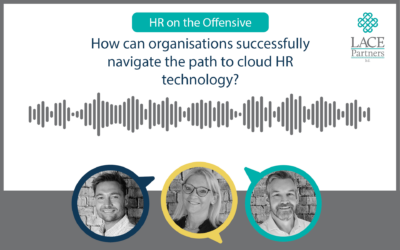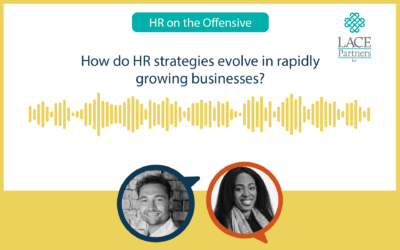For many organisations, the time for nine-to-five office-based operations is over for good. The world of work has changed – and continues to do so. We were recently asked by People Management about technology and hybrid-working, which got us thinking…. How can organisations optimise their entire hybrid working model to get the most from their workforce?
Splitting working hours between the office and home locations has brought a plethora of considerations for organisations and employees alike. Research into employee’s experiences of the workplace shifts have produced contradictory headlines; does increased productivity come at the cost of burnout? Or does taking away the stress of a busy commute improve wellbeing and allow ultimate flexibility for employee’s working hours?
As we approach three years since the beginning of the pandemic, it is clear that the impacts COVID has had on the working world are extensive and divisive. For some employees being able to work remotely is now a non-negotiable when it comes to choosing their employer. On the flipside, other employees want the option of visiting an office to collaborate and socialise with colleagues. As a result, many office-based organisations are committing to long-term hybrid working styles to retain and attract the best talent… but how can you get the balance right?
Understanding difference of experience in your hybrid workforce
There are several potential negative outcomes from a hybrid working model which need to be understood before they can be overcome. Differences in experience are multi-faceted and require work to drill down into the nuance. Employees working from home, even by choice, may feel overlooked in comparison to their peers in the office. They may simultaneously have more difficulty in disconnecting from work in their home environment but also feel disconnected from their team and workplace.
Those in the office, conversely, may be there physically because their home environment is not suitable for work. There is an obvious experiential difference between a staff member who has space for a home office in comparison to another living in a shared home or with young children. These employees may then resent their costly and time-consuming commutes, creating a sense of disparity in the workforce.
Closing the gap between IT and HR
Conceptually, using technology to engage with the challenges of remote working may seem like a silver bullet – as demonstrated by the surge in technology sales during the pandemic. It is, however, important not to overload your team with various technologies that don’t work fluidly together.
We have seen an increase in momentum across teams in our client’s organisations to enable their workforces. It’s taken true collaborative effort to make sure ‘wired’ and ‘unwired’ people are able to work the same, with the same virtual and physical tools. It has forced a closer engagement between IT and HR, which will need to continue to be honed as organisations optimise their hybrid working set ups.
Bridging the experience gap between remote and office-based employees – and those that may be somewhere in the middle – is no mean feat. Despite the explosion of collaboration technology, a recent report by Enboarder tells us 73% of employees say genuine collaboration takes more effort and planning today than it did before March 2020. What this means for organisations is that there is likely to be some level of trial and error. Will your hybrid employees prefer using virtual whiteboard technology such as Mural, or would they prefer a Zoom call facing a traditional whiteboard to work with office-based colleagues?
From employee listening to activation
How many days per week will employees be in the office? What work is better done at home and what is best done in the office? Will employees want to come together for certain projects? It’s clear that a hybrid working model will be more complex than an office based one. It is also apparent that many organisations had to dive into this operating model without knowing all the answers. As McKinsey says, ‘policies, practices, working norms, collaboration technologies, and more will need to change and evolve as we test and learn’.
That established, what is important now is that organisations put in place effective listening strategies so they can begin to understand what their employees need moving forward. Going beyond annual surveys, this will require line managers and leaders in the business actively demonstrating to their workforce that they are being heard and actions are being taken. Understandably it will take time to embed long-term change, but symbols of change can have a powerful effect on building valuable trust amongst your team.
If you want to talk to an expert about how you can optimise your hybrid working model, our friendly team is happy to help – get in contact below and we will give you a ring to discuss.






